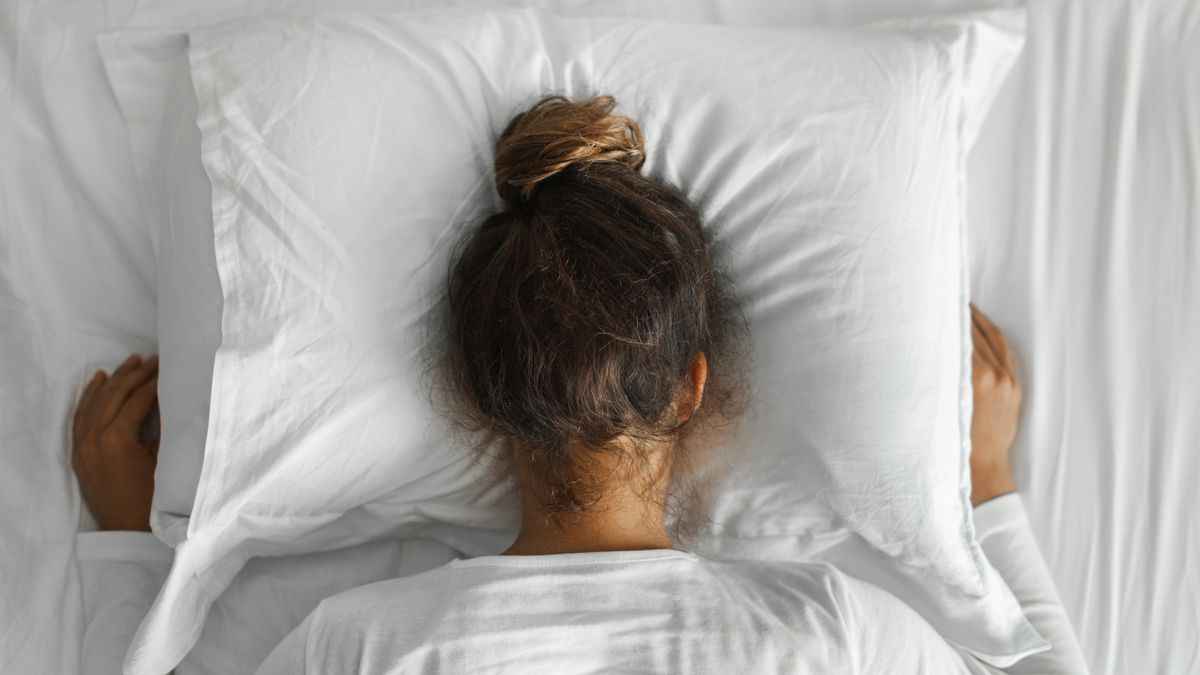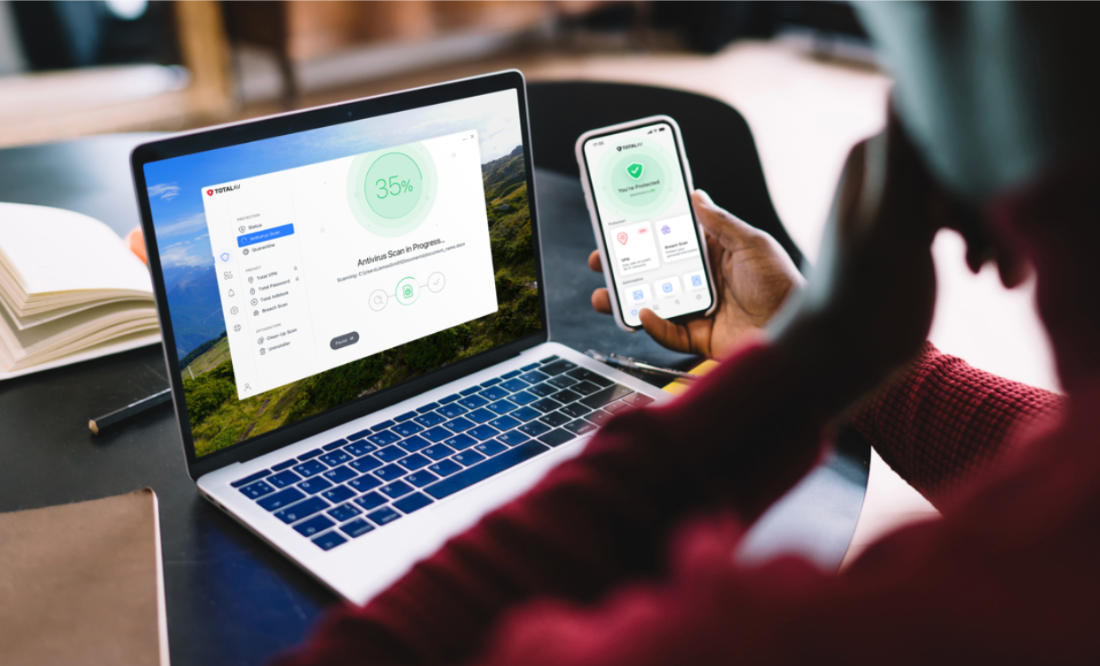11 years ago I was in the throes of insomnia, scraping by on two or three hours sleep a night tops. I had no clue about sleep hygiene (putting yourself in the best position for a good night’s sleep) and couldn’t tell a bad tip from solid gold.
People talked to me about sleep aids and teas, about magnesium and ancient tricks for falling asleep quickly (“Put your feet in a pan of warm water for two minutes then get straight into bed afterwards – don’t even dry them!”).
Sleep S.O.S.
Sleep hygiene tips alone won’t cure your inability to sleep at night, so speak to your doctor to see what expert help is available.
I fell down a rabbit hole of weird sleep hacks. I became obsessed with my circadian rhythm and avoided anything that could stop me from falling asleep.
Out of all the tips I tried, three proved to be the most effective for getting my sleep back on track eventually. These aren’t quick fixes, but they are worth the effort. Here’s what worked for me…
3 hygiene tips to get your sleep back on track
1. Create a sleep schedule and stick to it
- Use a sleep calculator to work out how much sleep you need
- Go to bed and wake up at the same time every day
- Avoid naps 8 hours before the time you want to sleep at night
I hated this sleep hygiene tip at first. At the time I was working as a freelance journalist so I was used to getting up whenever I pleased. And considering how I wasn’t sleeping well at night, my wake-ups were late morning at best.
My husband woke at 7am every day for work and I wanted to do that too, instead of getting up later and then working late into the evening.
The double benefit of getting up early in the morning is that exposure to early morning daylight can help you sleep better at night.
So I used a sleep calculator to figure out my bedtime based on 7.5 hours of sleep (roughly five sleep cycles) and started testing out my new schedule.
MY EXPERIENCE
The first day was pure misery. I was so tired I cried. In fact, the first three nights were hard – getting up at the same time every day wasn’t helping me to sleep better at night, and I was bordering on full exhaustion.
On the fourth night I passed out as soon as my head touched the pillow.
I knew this insta-sleep was likely caused by sleep deprivation rather than the benefits of sleep hygiene kicking in that fast, but it did help to re-wire my thinking around being able to sleep well again.
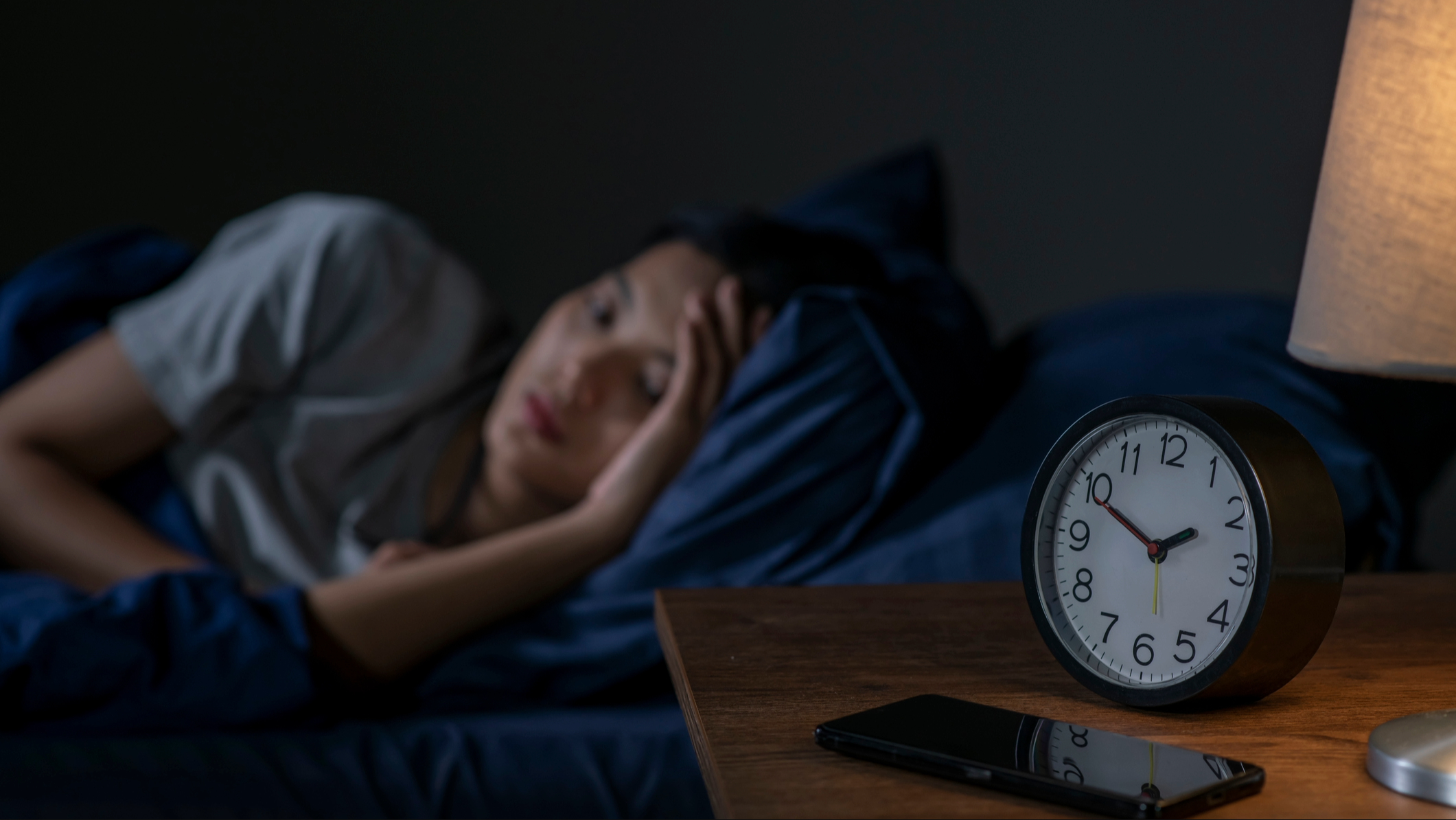
WHAT SCIENCE TELLS US
Research shows that going to bed and waking up at the same time every day is one of the best ways to strengthen your circadian rhythm.
It’s an important aspect of treatment for insomnia, as you’re essentially training your body to automatically know when it’s time to sleep and when it’s time to wake up.
I still follow a sleep schedule. It looks a little different now that I’m older and a mother, but getting up at the same time every day in order to sleep better at night has proved to be the most powerful tip for me.
2. Follow a relaxing bedtime routine
- Create a simple routine that relaxes you fully for sleep
- Start it 30-60 minutes before the time you want to sleep
- Make the activities more relaxing as your routine goes on
The notion of bedtime routines for adults seemed babyish to me at first, but the evidence for how much they can improve sleep onset in children and make getting ready for sleep a more peaceful activity (instead of being a source of stress) was intriguing.
Could it really work for adults too? Of course I went over the top with my routine at first – walking around my house with all the lights off at 8pm (with only a headlamp to guide me), so I didn’t suppress my body’s production of melatonin, was a low point.
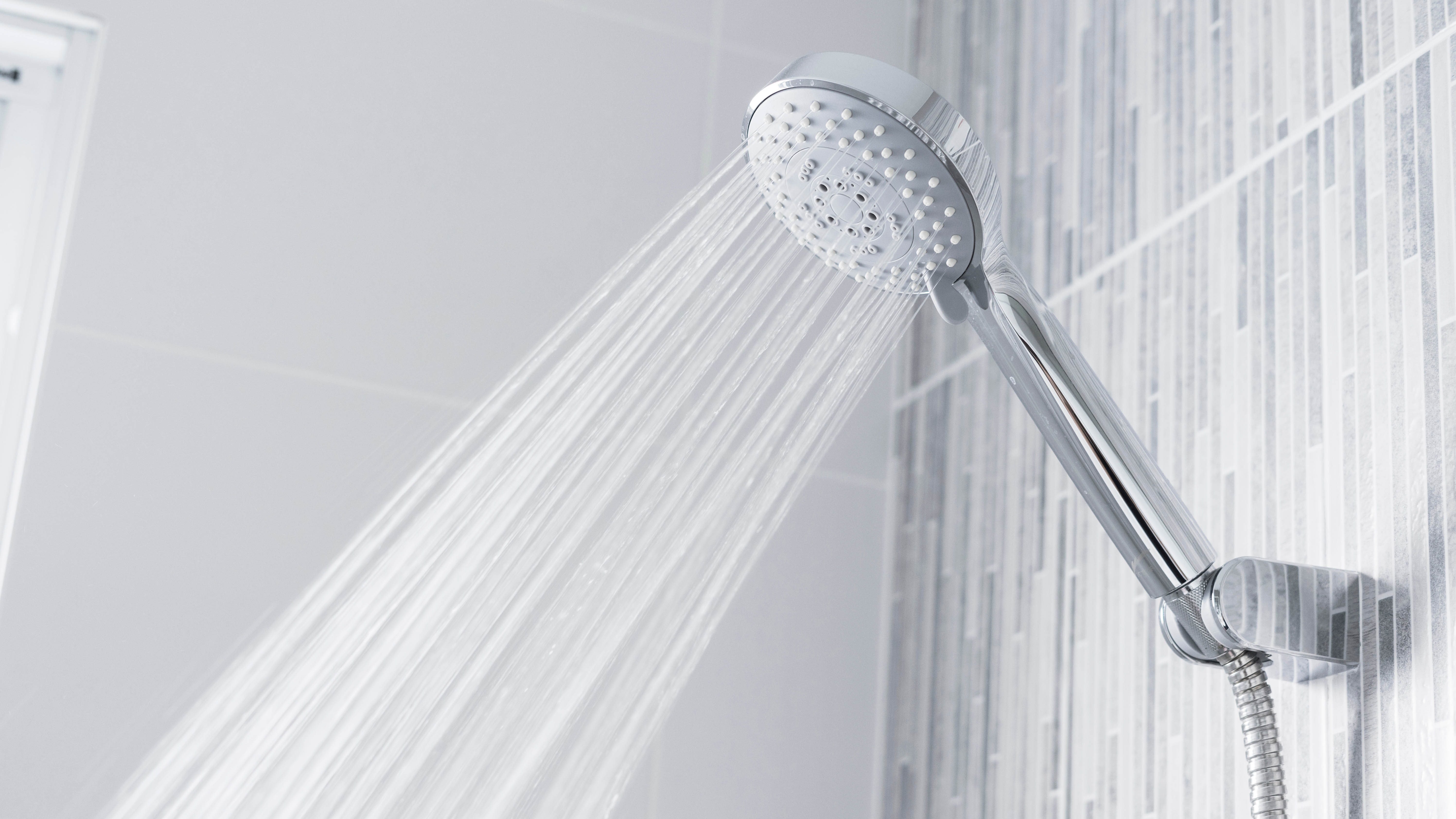
MY EXPERIENCE
My original bedtime routine was too long. At over 90 minutes it dominated the evening and it was causing me sleep anxiety.
So I cut it in half. Most experts recommend starting your routine 30-60 minutes before bed anyway.
My routine started with a warm shower and ended with a deep sleep guided meditation. By Week 3 I was so drowsy during the last few minutes of the meditation that I would fall asleep within 10 minutes of getting into bed (most healthy adults take 10-20 minutes to fall asleep).
WHAT SCIENCE TELLS US
Bedtime routines help create sleep cues for your brain to learn. Over time your brain will associate these cues (the different elements of your routine, such as using a pillow spray or deep breathing exercises like the 4-7-8 breathing technique) as a countdown to sleeping.
There are lots of things you can do during your bedtime routine, but you should pick things that help you unwind so that sleep comes easier.
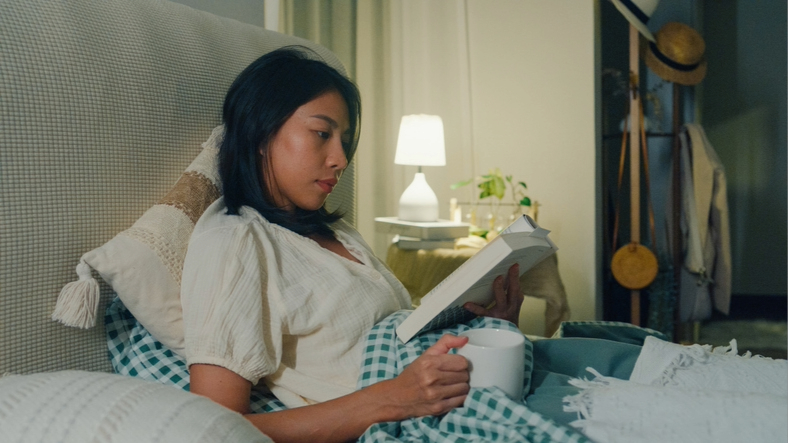
Whereas in years gone by sleep experts would caution against doing things like puzzles in bed because they’re too cognitively stimulating, that advice has now changed.
So if Sudoku in bed is your biggest sleep aid, go for it. Our favorite technique for when we’re unable to sleep is cognitive shuffling.
3. Schedule worry time for early in the day
- Worry time is 10-30 mins when you just focus on your worries
- You can sit and think about them, write them down, or talk
- Having worry time early in the day keeps it away from bedtime
MY EXPERIENCE
Insomnia trashed my mood. I worried constantly and carried all that stress into the bedroom at night.
My CBT-i (Cognitive Behavioural Therapy for Insomnia) practitioner introduced me to the concept of worry time: scheduled time to actively focus on stresses and worries.
She told me to have ‘worry time’ elsewhere in my home and early in the day. In other words, keep it out of the bedroom at night.
Worry time didn’t purge my stressy thoughts completely but because I was setting aside time in the day to think about them, I wasn’t compelled to ruminate on them all night.

WHAT SCIENCE TELLS US
With 74% of us globally having experienced stress at least once and over 40 million in the US having an anxiety disorder, there’s no wonder that stress and anxiety at bedtime can squash any chance of sleep.
Research shows that stress makes it harder for you to fall asleep, plus it leads to frequent night wakings. A highly cited 2003 study also found that anxiety and insomnia go hand in hand.
Worry time, also known as worry postponement, is a strategy developed by Dr Thomas Borkovec in 1983. It reduces your triggers for worrying down to just one time a day – and crucially, far away from bedtime.
So instead of lying there thinking about everything that’s wrong, and flooding your body with cortisol, worry time helps you create better physical and mental conditions for relaxing for sleep.
How your bedroom affects your sleep
Sleep hygiene involves more than just those three tips outlined above. It also includes optimising your bedroom for sleep, including making it dark, quiet and cool in the hour before bed.
If your bedroom is too stuffy or warm, too noisy and too bright, you won’t be able to sleep as well as you would in a bedroom set up for sleeping.
One of the best things you can do during your bedtime routine is to dim the lights and switch blue-light emitting screens to Night Mode an hour before bed.
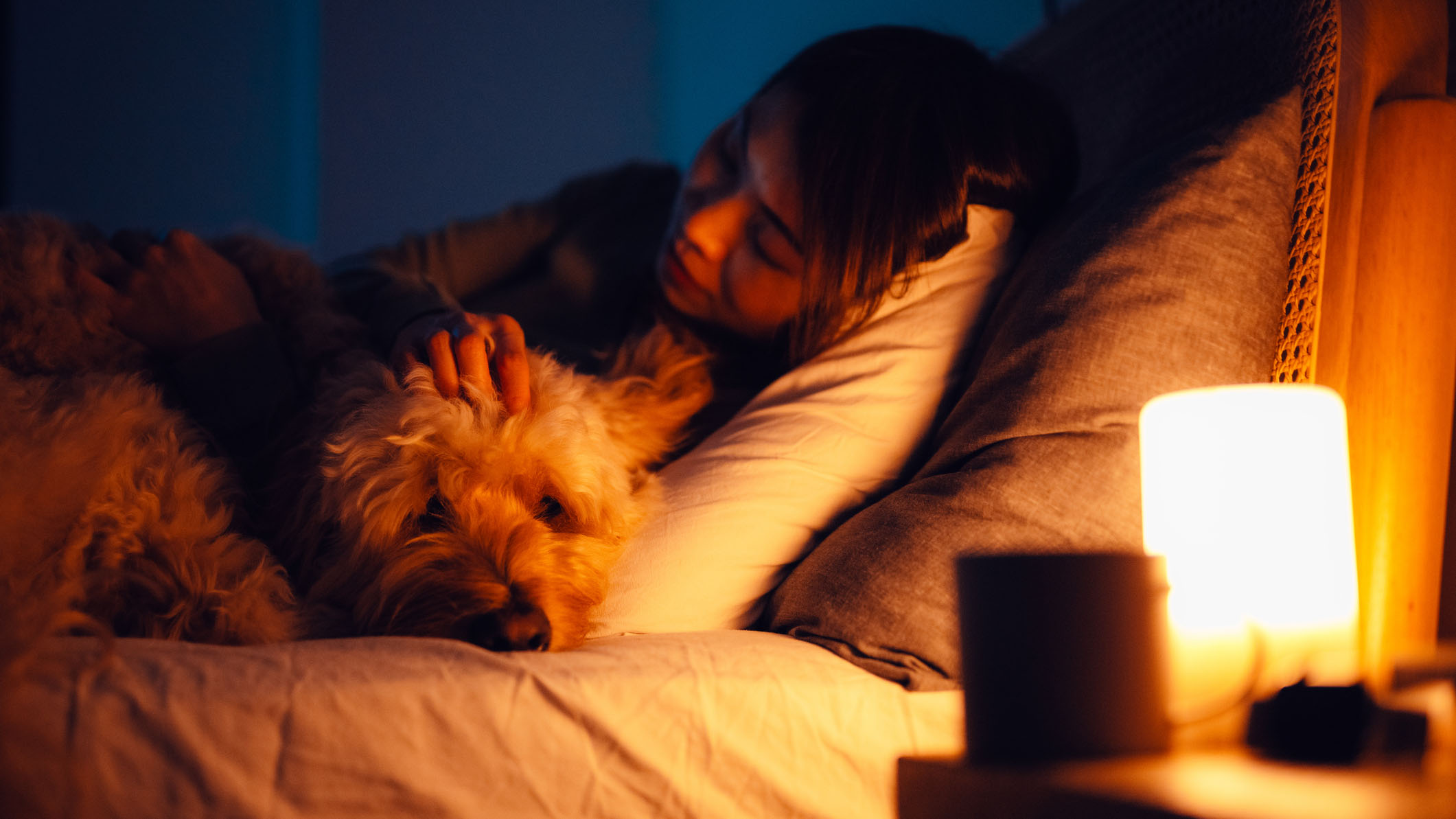
Melatonin levels rise as it gets dark so bright lights and blue light will hamper your body’s production of that sleep regulating hormone, therefore making it harder for you to fall asleep within a reasonable time.
What you sleep on (and under) also has an impact on whether you are able or unable to sleep at night.
This involves choosing the best mattress for your sleep needs and budgets, and making sure you have breathable bed sheets and a good pillow that suits your sleeping position.
Getting professional help
While these sleep hygiene tips worked for me, they might not work for you.
I encourage you to do your own testing and to speak to a doctor and ask for professional advice if you’re regularly unable to sleep at night.
There are lots of free services available too, including the following:
- The National Sleep Foundation – a trusted US non-profit organisation that publishes excellent sleep health content.
- Project Sleep’s Sleep Helpline – a US non-profit service created to help provide support and resources for people with sleep problems.
- Sleep Education – a microsite from the American Academy of Sleep Medicine dedicated to educating the public on how to sleep well.
- The National Sleep Helpline – a UK charity that can help you (via phone) with your sleep problems.
- The Sleep Charity – a UK initiative created to help people overcome sleep deprivation and other issues, with free courses for all ages.

